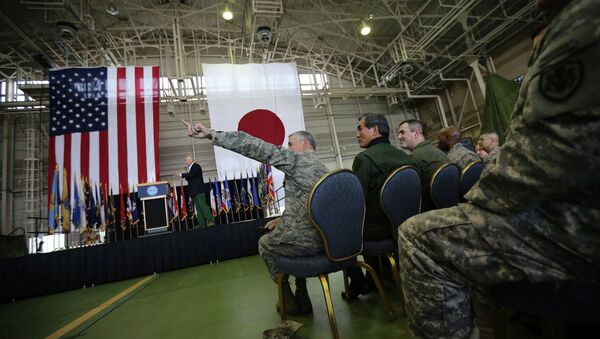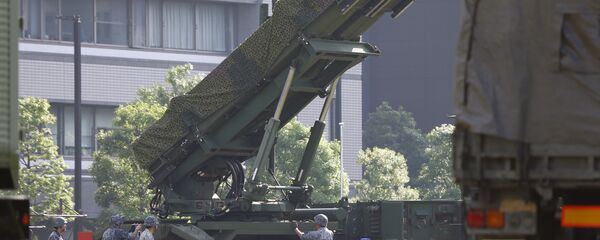1,200 soldiers — half from the US Army's 25th Infantry Division's 1st Stryker Brigade Combat Team (stationed out of Fort Wainwright, Alaska) and half from the Japan Ground Self-Defense Force 34th Infantry Regiment — kicked off the Orient Shield exercise in the East Fuji Maneuver Area.
AH-64 Apache and UH-60 Black Hawk helicopters from the Combat Aviation Brigade also provided support in the exercise. The aviators will conduct live-fire training alongside the ground troops, as well as practice with Japanese aviators flying AH-1 Cobra and UH-1 Iroquois helicopters.
Maj. Gen. James Pasquarette, the commander of US Army Japan, said that the purpose of the exercise was to signal the fighting readiness of the US and Japan. "The strength of the US-Japan alliance is a part of that calculus in changing [North Korean leader Kim Jong-un's] behavior," he said in a statement.
In a speech before the massed US and Japanese troops, Pasquarette told them that on September 11, 2001, nobody thought that US troops would be engaged in combat in Afghanistan a mere month later. "The combat readiness you'll develop here in Japan over the next two weeks may be similarly called to task in short order."
The commander of the Japanese forces, Lt. Gen. Shoichi Shibata, told the troops that "North Korea has been continually launching missiles and conducting nuclear tests particularly challenging to the international community."
Orient Shield has been an annual bilateral exercise between the US and Japan since 1985. This year's exercise was one-quarter smaller than last year's, which involved 1,600 soldiers.
This year's exercises come under fears of another North Korean missile test. On August 29 Pyongyang unambiguously fired a ballistic missile over Japan for the first time ever; previous rockets that passed over Japanese territory were allegedly satellite launches.
South Korean authorities warned of an ICBM launch over the weekend, but there has not been a launch since August 29 at the time of this writing.




